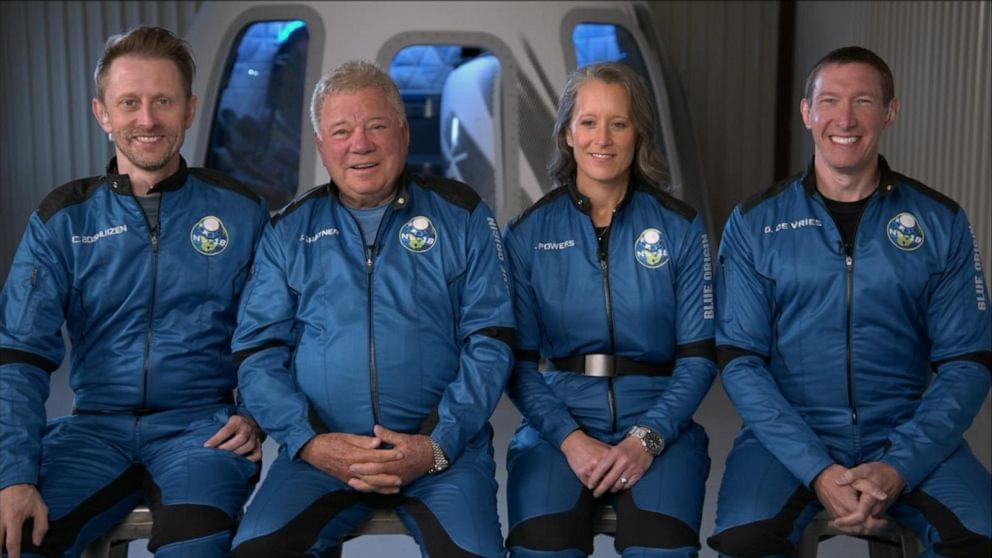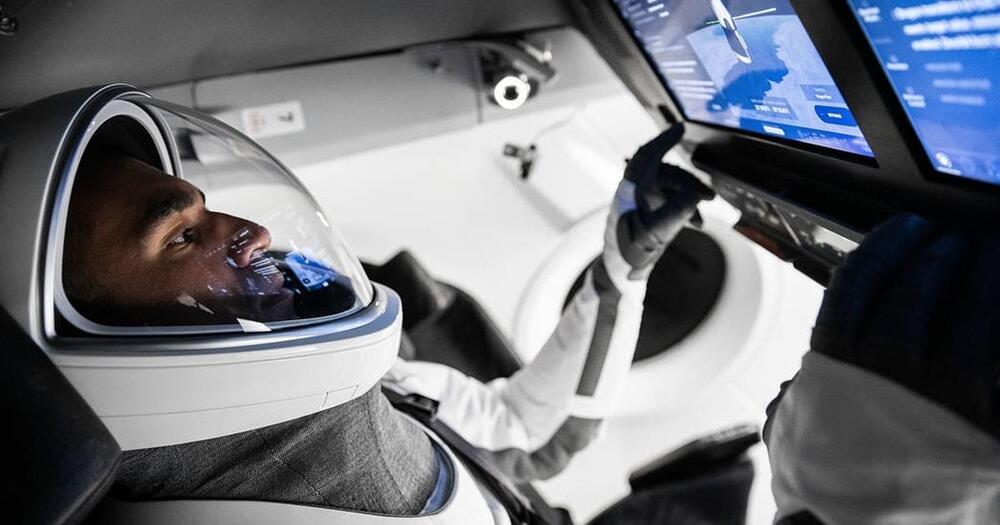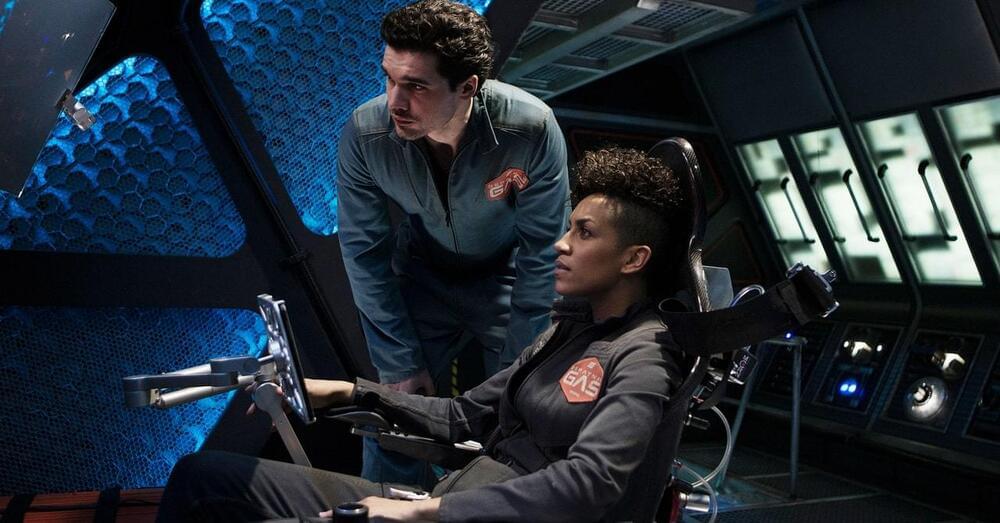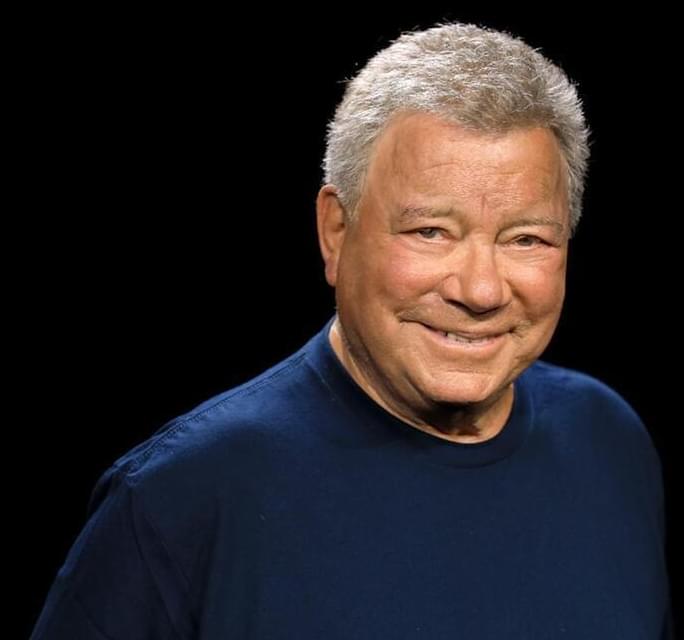“Star Trek” actor William Shatner, 90 will be the oldest person to go to space on the upcoming Blue Origin flight.


There is no other space project currently in the works that gets more attention than the Starship. The next generation of spacecraft coming from SpaceX, the one that is meant to take us to the Moon and even to Mars, has eclipsed pretty much everything else, from the ill-fated Boeing Starliner to the upcoming Artemis I launch.
Whether these different organisations want to land astronauts, install a human outpost or mine minerals and make rocket fuel on the moon, it still lacks an exceptional and important asset– A lunar radio Telescope. Why? Because this development will be uniquely poised to answer one of humanity’s greatest questions: What is our cosmic origin?
–
Subscribe for more videos ►https://www.youtube.com/c/InsaneCuriosity?sub_confirmation=1?
Business Enquiries ► [email protected].
–
All the lunar missions that are being planned along with all other missions that different organizations want to accomplish, will be of no use if we don’t seek answers to fundamental questions like “what is the universe made up of? What are we made up of?” And a telescope on the far side of the moon will help us answer these important questions!! So let’s take a look at why this is important and what NASA is planning to do about it.
As mentioned earlier the universe constantly beams its history to us. For instance, the information of what happened long ago in the universe is contained in the long length radio waves that are present everywhere throughout the universe and most likely hold the details about how the first black holes and stars were formed. But there’s a problem. Our noisy radio signals and our atmosphere block these signals from coming to the earth and we can’t read them. The far side of the moon is the best place in the inner solar system to monitor these low-frequency radio waves and help us in detecting certain faint ‘fingerprints’ that the big bang left on the cosmos. The problem with our earth bound telescopes is that they encounter too much interference for electromagnetic pollution caused by human activity, whether it is short-wave broadcasting or maritime communication. On the top of that our ionosphere blocks the longest wavelengths from reaching our earth-based telescopes in the first place. We need these signals to understand and learn whether our universe inflated rapidly in the first trillionth of a trillionth of second after the big bang.
This is the reason why NASA is in the early stages of planning what it would take to build an automated research telescope on the dark side of the moon. One of the most ambitious proposals is to build the Lunar Crater radio telescope or the LCRT
–
“If You happen to see any content that is yours, and we didn’t give credit in the right manner please let us know at [email protected] and we will correct it immediately”
“Some of our visual content is under an Attribution-ShareAlike license. (https://creativecommons.org/licenses/) in its different versions such as 1.0, 2.0, 30 and 4.0 – permitting commercial sharing with attribution given in each picture accordingly in the video.”
Credits: Ron Miller.
Credits: Mark A. Garlick / MarkGarlick.com.
Credits: NASA/Shutterstock/Storyblocks/Elon Musk/SpaceX/ESA/ESO
Credits: Flickr.
#InsaneCuriosity #Telescopes #Moon

SpaceX’s first all-civilian mission to orbit was a success. Here’s what comes next.
Last week, SpaceflightNow reported that NASA’s upcoming crewed mission to the International Space Station would use a new Crew Dragon capsule. The mission, set for October 30 will feature a capsule named Endurance by the four-person crew. The news means that the crew won’t have to wait for SpaceX to refurbish one of its other two capsules.
That means the crew will take off less than two months after the Inspiration4 mission, the first all-civilian mission to orbit. On September 30 NASA announced that Crew-3 would launch no earlier than 2:43 a.m. Eastern time on Saturday, October 30. It will be SpaceX’s fourth crewed mission for NASA and its fifth crewed mission overall.
The plans show SpaceX is not planning to stand still. The Inspiration4 mission brought newfound attention to the company, thanks in part to a five-part Netflix documentary.

With the jump, SpaceX is now the world’s second most valuable private company, trailing only TikTok parent Bytedance, which is worth $140 billion, according to CB Insights.
Full Story:
Intech Company is the ultimate source of the latest AI news. It checks trusted websites and collects bests pieces of AI information.

In a scene from season one, Jim Holden shows exquisite command of high school physics as he maneuvers himself onto a spaceship gangway.
As a fan of science fiction and science, I have to say that The Expanse has a bunch of great science. It’s not just the science in the show. The characters also seem to demonstrate an understanding of physics. One scene from the first season stands out in particular as a classic physics example.
I guess I should give a spoiler alert, but I’m not really giving away any major plot elements. But you have been warned.
OK, since you are still here let me describe the scene. Two main characters (Jim and Naomi) are running on a gangway connected to a spaceship. This gangway is inside a bigger ship that is accelerating (with the engines on) to produce artificial gravity. But wait! They are under fire. Some other dude wants to stop them from getting into the ship, so he fires his weapon. Eventually, someone shoots an important part of the bigger spaceship and its engines cut off. With no thrust, Jim and Naomi lose their artificial gravity and start floating off the gangway. They have magnetic boots, but the boots only work on the gangway. They are doomed.

🤔Will someone PLEASE get this man a seat on the next REAL SpaceX trip to space as a passenger already!? 🙄🙏
You’ll have to wait ever-so-slightly longer to see Star Trek actor William Shatner head to space. Blue Origin has delayed Shatner’s launch aboard NS-18 by a day to October 13th at 9:30AM Eastern following predictions of strong winds in West Texas. The rough weather was the “only gating factor,” Blue Origin said in a statement, noting that the passengers began their training today (October 10th).
Shatner’s flight is a publicity grab on multiple levels. It’s no secret that Jeff Bezos’ outfit is eager to have Captain Kirk reach space, but Shatner will also be the oldest person to make such a journey at 90 years old. The previous record-setter, aviation legend Wally Funk, traveled aboard a Blue Origin flight at 82 years old. Other passengers include Blue Origin mission VP Audrey Powers and two corporate executives, Planet Labs’ Chris Boshuizen and Medidata’s Glen de Vries.
The timing isn’t great beyond the weather. The liftoff will come just weeks after an essay described a “toxic environment” at Blue Origin, including an alleged reluctance to deal with sexual harassment as well as poor attitudes toward safety, the environment and basic internal criticism. Shatner’s flight might create positive buzz, but it might also paper over issues within Blue Origin’s ranks.

Would we act as naturally inside a spacecraft immobile in space as in the series?
Whenever I watch “The Expanse,” I pay attention to the physics. As the production is meticulous — if you notice the scenes where whiskey is served on the Moon this last season, you will see that the liquid falls according to lunar gravity’s acceleration — I always have some good surprises. Unfortunately, the series is taped on Earth, so some things would be too expensive to reproduce convincingly.
SpaceX, Blue Origin, and Virgin Galactic all recently had various forms of space tourism, so lets look at all the news and updates around space tourism and the inspiration 4 space launch mission.
Last Video: Why Asteroid Mining Could Save The Earth!
Subscribe:.
SpaceX News and Updates: https://www.youtube.com/playlist?list=PLBfN0491sF0QGbrNimSIWKYeyQ7JjENhE
NASA News and Updates:
Blue Origin News and Updates:
